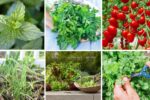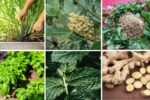Watermelon is more than just a refreshing summer treat — it’s a vital agricultural crop with cultural, economic, and nutritional significance across the world. From the sandy soils of Africa to the fertile river valleys of Asia, watermelons are cultivated on every continent except Antarctica. But while many countries grow them, one nation produces far more than any other.
This article will explore which country leads global watermelon production, the factors behind its dominance, how it compares to other producers, and what this means for agriculture, trade, and sustainability.
Global Watermelon Overview
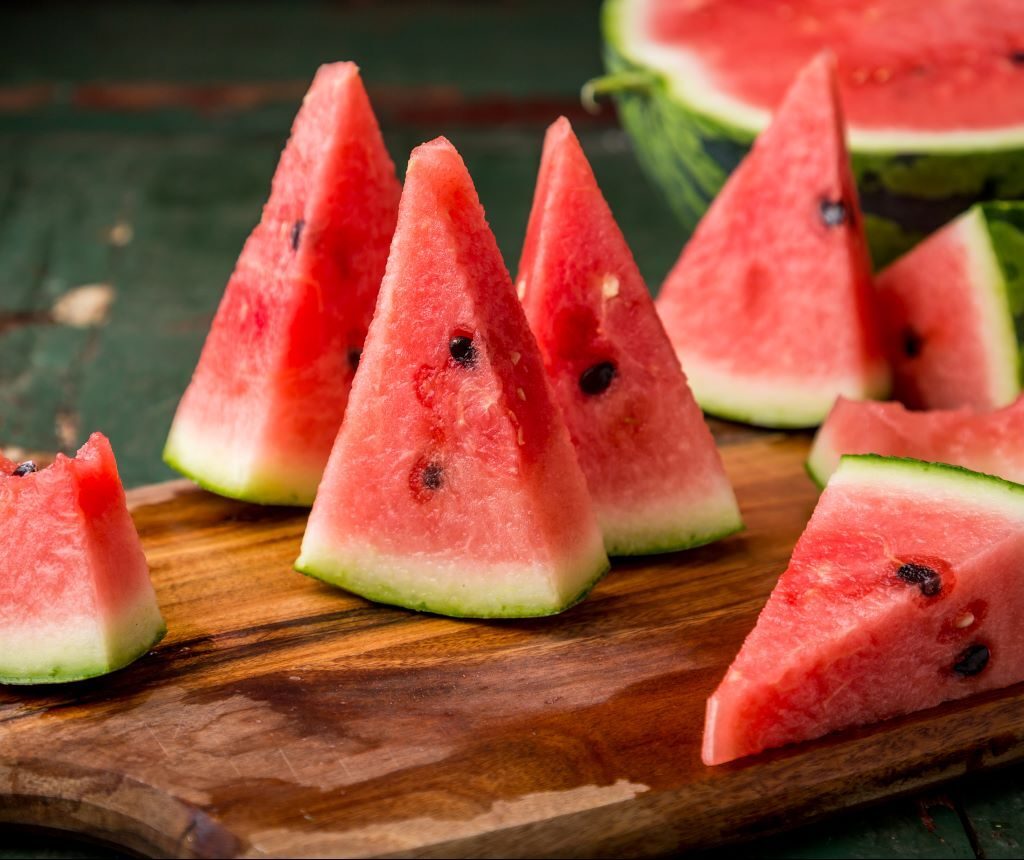
Watermelons (Citrullus lanatus) belong to the gourd family (Cucurbitaceae) and are native to Africa, where they have been cultivated for thousands of years. Over time, they spread worldwide, becoming especially popular in warm climates where their sweet, hydrating flesh is highly valued.
Watermelons are grown in two major forms:
- Fresh market watermelons – sold whole or sliced, often consumed raw.
- Processing watermelons – used for juice, jams, pickles, or flavorings.
Worldwide production has steadily increased over the last few decades due to improvements in farming techniques, irrigation, hybrid varieties, and global demand. According to data from the Food and Agriculture Organization (FAO), watermelons are now among the top fruit crops in terms of tonnage produced annually.
The Short Answer: China Reigns Supreme
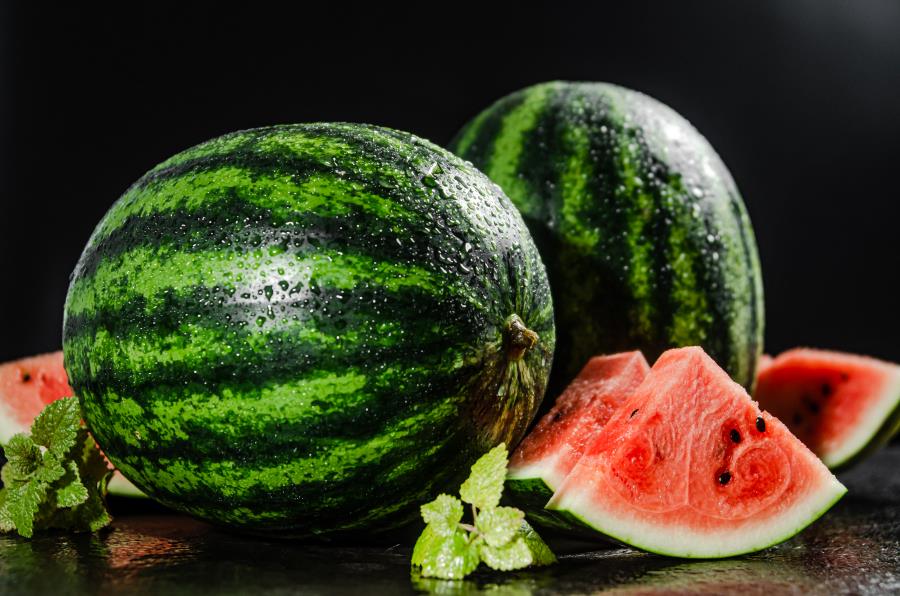
The title of largest watermelon producer globally goes to China, and by a staggering margin.
In 2022, China produced an estimated 60–61 million tonnes of watermelon — accounting for over 60% of the world’s total output. This figure dwarfs that of the second-largest producer, Turkey, which harvested roughly 3.8–4 million tonnes in the same year.
Top 5 Watermelon Producing Countries (Approx. 2022 figures):
- China – ~60 million tonnes
- Turkey – ~3.8 million tonnes
- India – ~2.8 million tonnes
- Iran – ~2.6 million tonnes
- Algeria – ~2.4 million tonnes
Clearly, China’s dominance is not just significant — it is overwhelming.
Why China Leads Watermelon Production
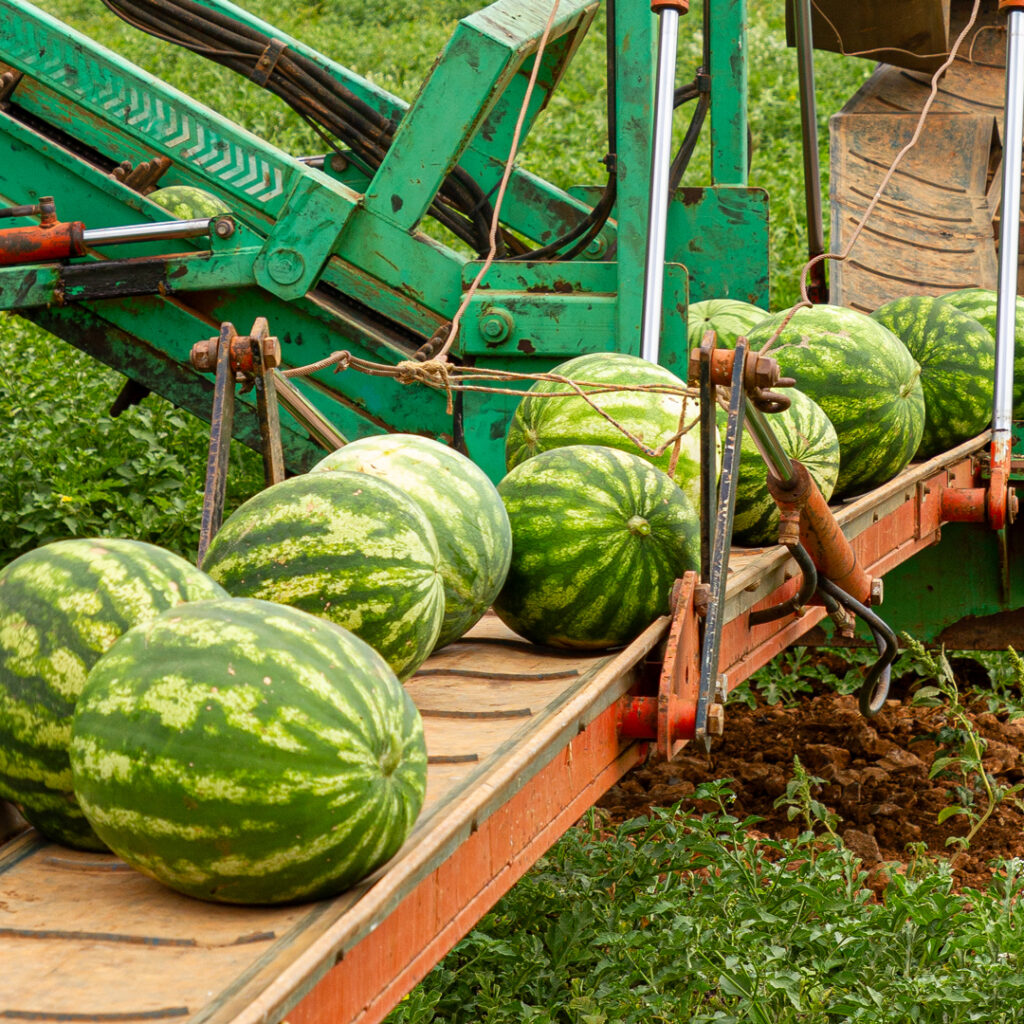
China’s status as the world’s watermelon leader is the result of a combination of geographical, economic, and cultural factors:
1. Extensive Agricultural Land
China has vast tracts of arable land dedicated to fruits and vegetables, including watermelons. The crop is grown in nearly every province, from the tropical south to the temperate north, thanks to its adaptability and China’s diverse climate zones.
2. Multiple Growing Seasons
Certain southern provinces such as Hainan, Guangxi, and Guangdong enjoy mild winters, allowing for early planting and multiple harvests in a single year. This greatly increases annual output.
3. Cultural Preference and Domestic Demand
Watermelon is a staple summer fruit in Chinese households. Its popularity ensures a massive domestic market, encouraging farmers to dedicate more acreage to production.
4. Efficient Farming Practices
China has developed advanced techniques for watermelon cultivation, including plastic mulch to retain soil warmth, drip irrigation to save water, and hybrid varieties that resist pests and diseases while producing higher yields.
5. Integration with Rural Economies
In many rural communities, watermelon farming provides a crucial seasonal income. Smallholder farmers and large-scale producers alike benefit from strong local demand and well-developed distribution networks.
Regional Hotspots in China
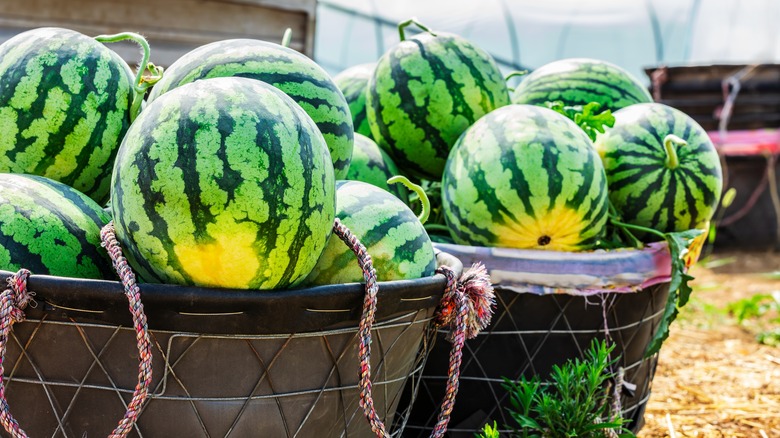
While watermelons are grown nationwide, certain provinces are especially well-known for their production:
- Guangxi & Hainan: Early-season harvests that hit the market before other regions.
- Shandong: Large mid-season output with excellent transport links to major cities.
- Xinjiang: Known for sweet, high-quality watermelons thanks to long sunny days and dry conditions, which concentrate sugars in the fruit.
These regions have specialized cultivation knowledge and established reputations in domestic markets.
Comparing with Other Leading Producers
While no country comes close to China’s scale, other top producers are still significant in their own regions:
- Turkey: Benefits from a warm Mediterranean climate, producing both domestic and export watermelons. Turkish melons are common in European and Middle Eastern markets.
- India: Primarily produces for domestic consumption; demand spikes in summer due to extreme heat.
- Iran: Long tradition of watermelon cultivation, with both fresh and processing varieties.
- Algeria: Rapidly increasing output due to expanded irrigation and improved seed varieties.
These nations are important regionally but have nowhere near China’s sheer production volume.
Global Trade in Watermelons
Most watermelons are consumed domestically in the countries where they are grown because they are bulky, perishable, and costly to transport over long distances. However, there is still a sizable international trade, especially between neighboring countries or within economic blocs:
- Mexico → United States is one of the largest fresh watermelon trade routes.
- Spain → EU countries supplies much of Europe during summer.
- Turkey → Russia and the Middle East is a major seasonal trade link.
China, despite its vast production, is not a major exporter of fresh watermelons due to the high domestic demand — but it does export seeds, cultivation technology, and occasionally processed watermelon products.
Challenges in Large-Scale Watermelon Production
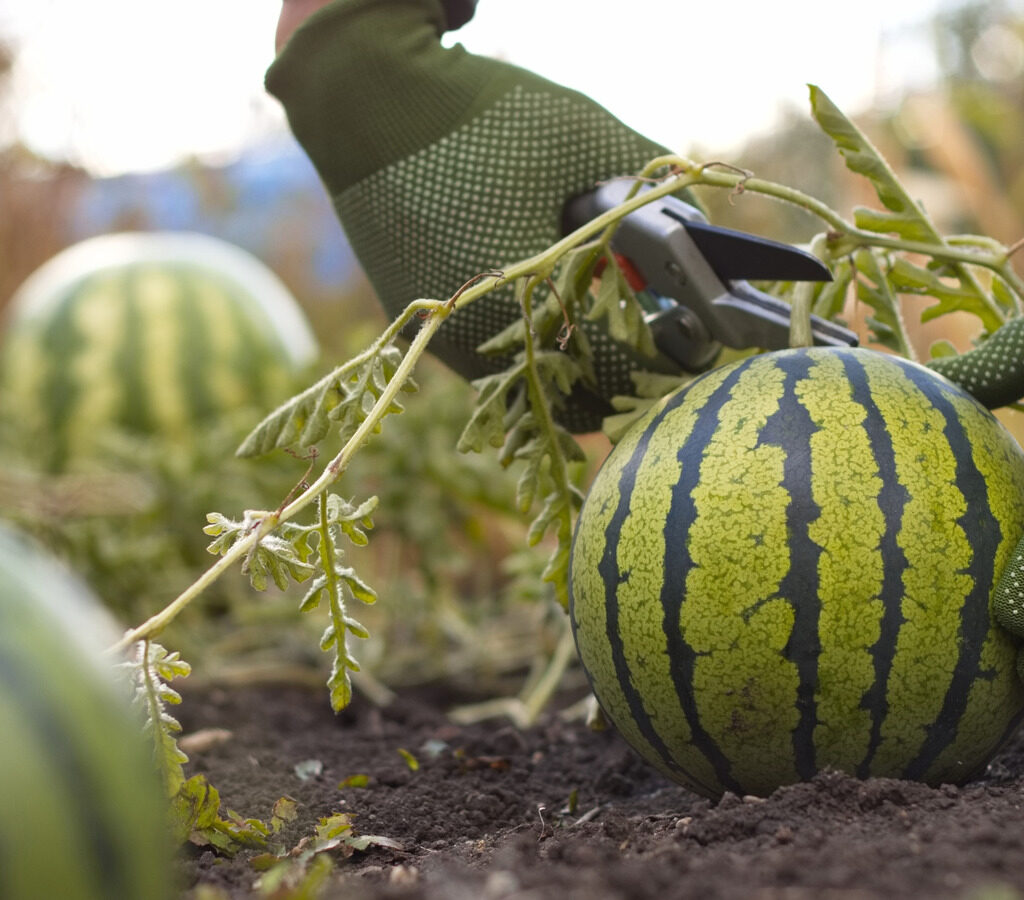
Even the world’s largest producer faces significant hurdles:
1. Water Use and Irrigation Pressure
Watermelons require consistent moisture during fruit development. In arid areas like Xinjiang, irrigation is essential, raising sustainability concerns.
2. Pest and Disease Management
Diseases like fusarium wilt and pests such as melon flies can devastate crops. Integrated pest management (IPM) and resistant varieties are increasingly important.
3. Post-Harvest Losses
Watermelons are fragile and can be damaged during transport. Without adequate cold storage or careful handling, losses can be high.
4. Climate Change
Extreme weather events — heat waves, heavy rains, or droughts — can disrupt planting and harvesting schedules, affecting yields and quality.
Environmental and Sustainability Issues
Large-scale watermelon farming can have environmental impacts if not managed sustainably:
- Soil Depletion: Continuous watermelon cropping without rotation can degrade soil health.
- Plastic Mulch Waste: Widely used to conserve soil moisture but can create significant agricultural plastic waste if not recycled.
- Water Resource Management: Over-reliance on irrigation can stress aquifers and river systems.
China has been experimenting with eco-friendly mulch films, better crop rotation systems, and water-saving irrigation technologies to mitigate these issues.
Opportunities for Innovation
To maintain its lead and ensure long-term sustainability, China and other top producers are investing in:
- Hybrid and Seedless Varieties: Offering better taste, longer shelf life, and higher yields.
- Controlled-Environment Agriculture (Greenhouses): Allowing precise climate control and extended growing seasons.
- Digital Farming Tools: Using drones, sensors, and AI to monitor plant health and optimize irrigation and fertilization.
- Supply Chain Improvements: Enhancing cold storage, packaging, and transport to reduce losses and expand markets.
Implications for a Thesis
If your thesis investigates the question “Which country is the largest watermelon producer globally?”, identifying China is the straightforward answer — but the real academic value comes from exploring why and what it means.
You can strengthen your thesis by:
- Analyzing production systems — smallholder vs. large-scale, open-field vs. greenhouse.
- Studying supply chain dynamics — how watermelons move from farms to consumers.
- Evaluating environmental impacts — particularly water use and plastic waste.
- Comparing global strategies — how other producers achieve competitiveness in regional markets despite smaller volumes.
- Forecasting trends — considering climate change, technological adoption, and shifting dietary preferences.
Conclusion
China is, without question, the largest watermelon producer in the world, accounting for more than 60% of global output. Its dominance is driven by a unique mix of vast farmland, diverse climates, advanced farming techniques, high domestic demand, and multiple harvest seasons.
However, maintaining this lead in the face of environmental challenges, resource constraints, and climate uncertainty will require continued innovation and sustainable practices. For researchers and students, the case of China’s watermelon industry offers valuable insights into agricultural scalability, food security, and the balance between productivity and sustainability.




